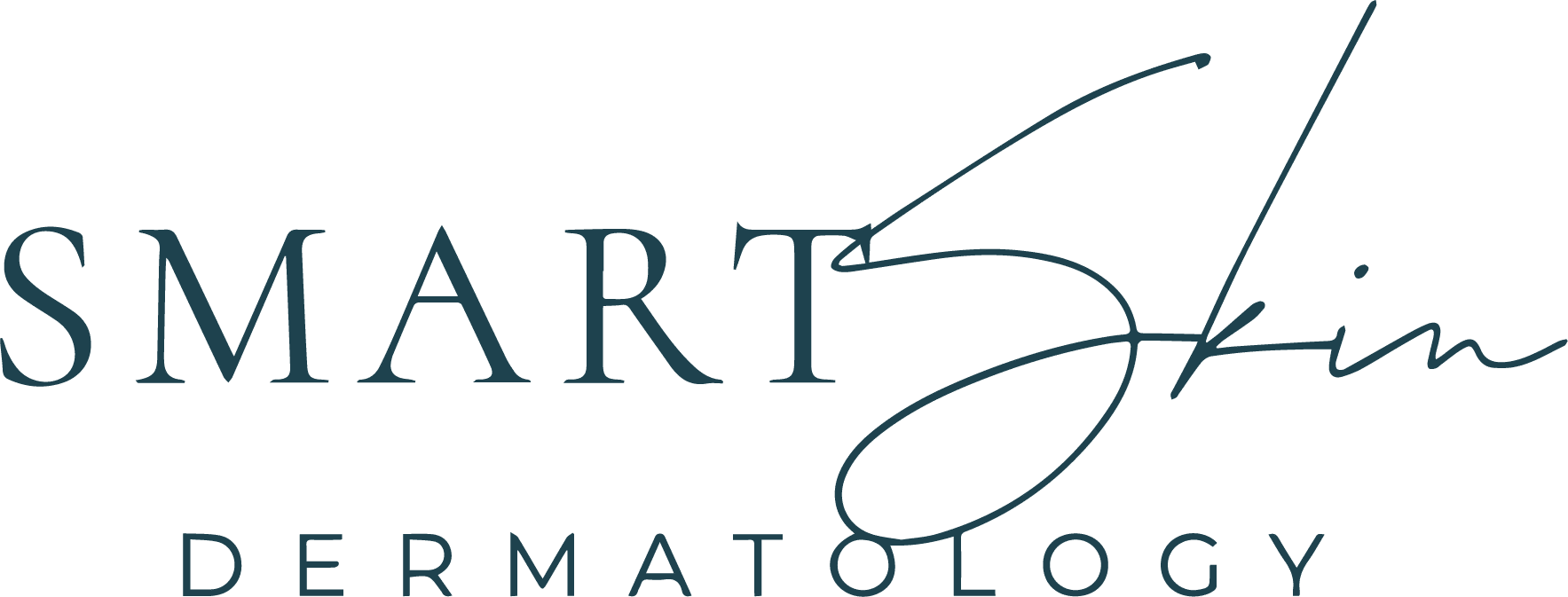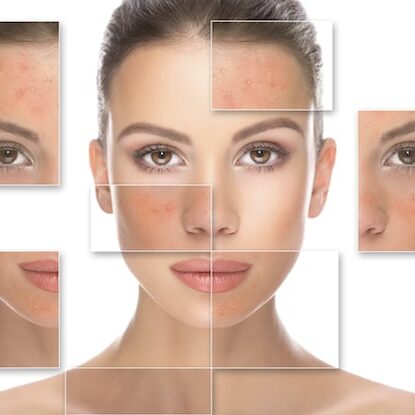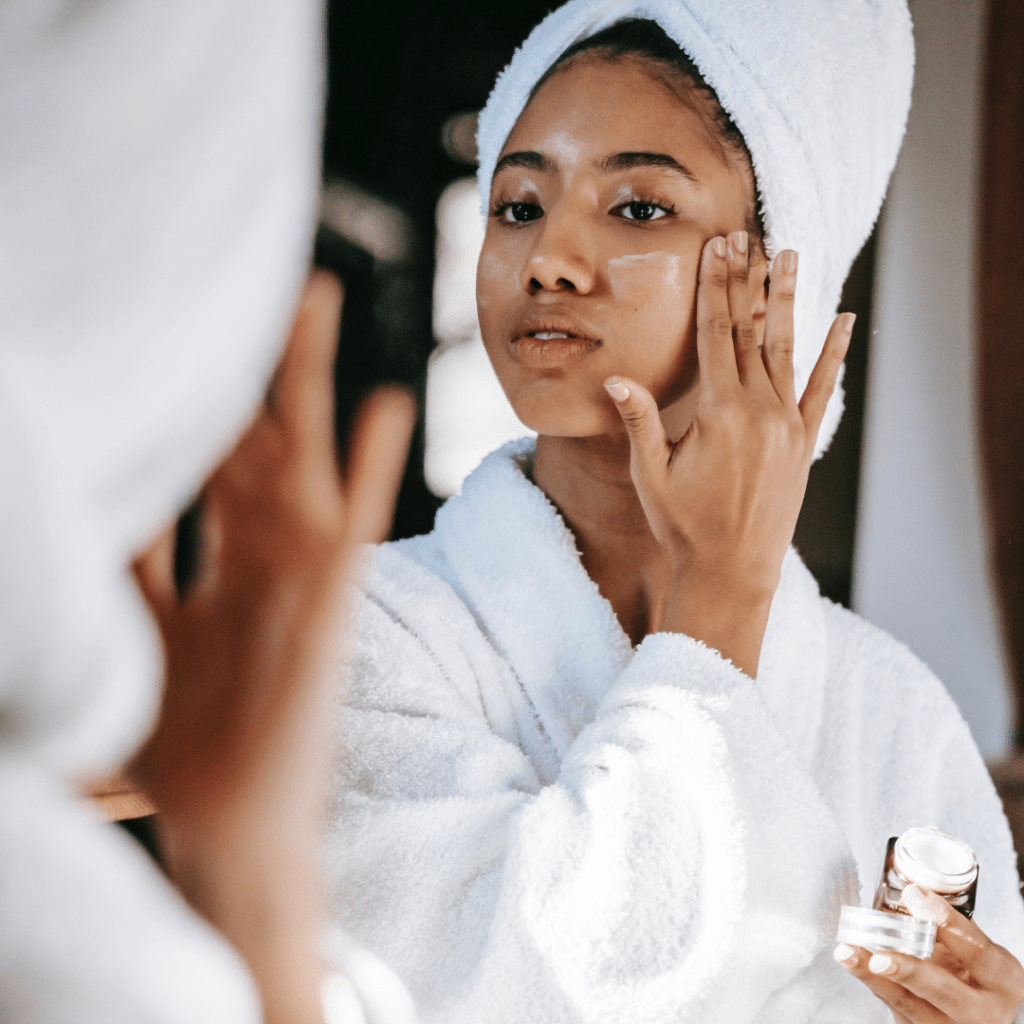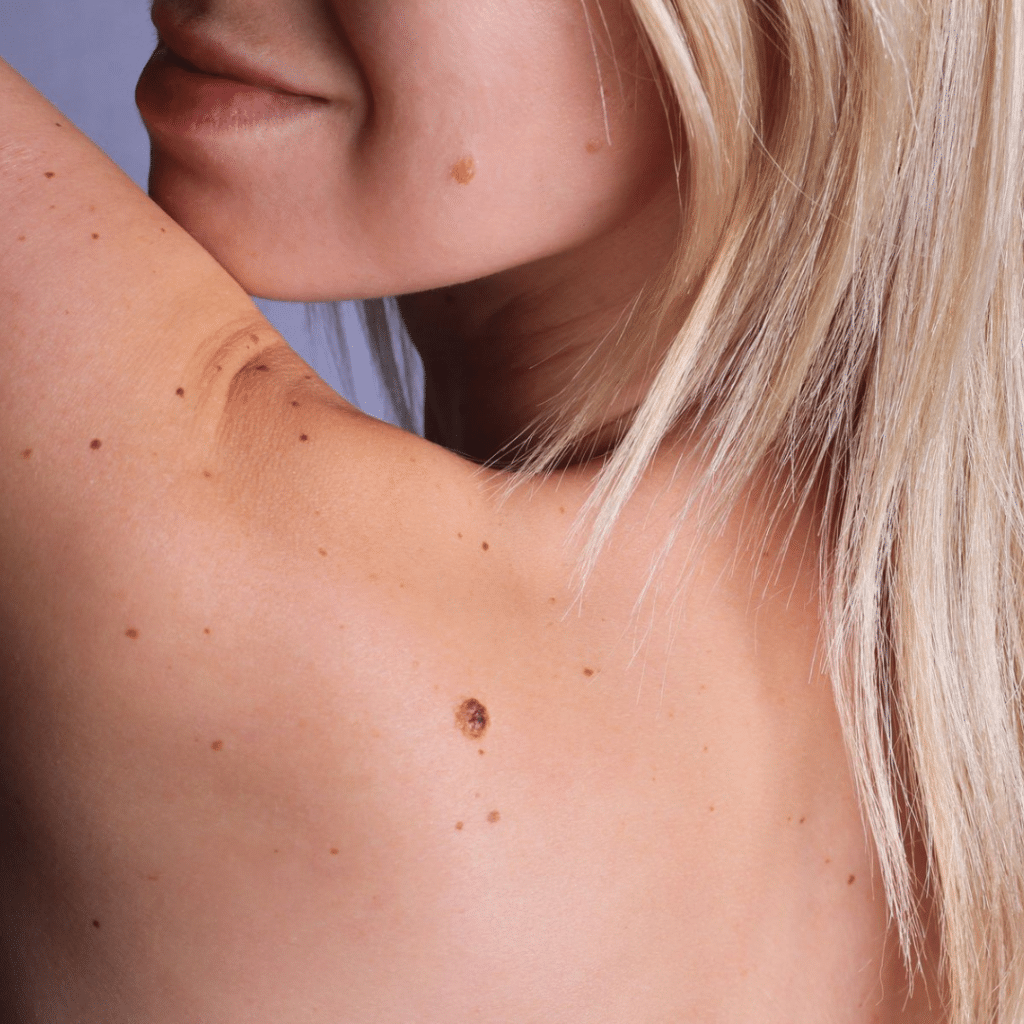
Stretch Marks
The Stretch Mark
Why do stretch marks form? Well…. from stretching right? Probably, but the precise cause of stretch marks, also known as striae, is not quite understood. While many believe that mechanical stretching of the connective tissue causes rupture and their subsequent appearance, there is more to it than that. And even normal growth associated with high levels of steroid hormone may be the cause.
Whatever the cause, many of us have a stretch mark or two. They are a very common cosmetic concern and more than twice as likely in women, compared to men. But regardless of gender, they can be frustrating to us all.
Keep in mind, we divide striae into two groups, striae rubra (SR) and striae alba (SA). SR is a little bit pink, red, or purple, relatively new, and maybe raised. SA are typically older, light-colored, and slightly atrophic or thinned. These categories are important because they are treated a little differently.
How to treat your stretch marks:
Treatment of stretch marks includes a variety of topical and injectable medications and laser therapy and resurfacing techniques.
Tretinoin and similar topical creams have shown to clinically improve the appearance of SR in clinical trials. Daily application over the period of 3-4 months may help exfoliate and tighten the mark. Other topical therapies that show benefit are glycolic acid and Trichloroacetic acid (10-35%) These are typically applied at monthly intervals.
Another proven therapy is microdermabrasion. By carefully and gently abrading the superficial layer of skin, deeper new collagen regeneration is stimulated and the texture of the striae can be smoothened and strengthened.
There are also a variety of laser and light devices that have been studied to treat these pesky stretch marks. By using a combination of different lasers, such as the V-beam and Fraxel lasers, Good to great results can be achieved in both newer red stretch marks and older white colored ones.
Personally, I like the results I get with laser resurfacing. Fractionated laser resurfacing will help tighten the skin and improve the appearance of stretch marks both new and old.
A few technical details:
The PDL 585-595nm lasers have perhaps the most evidence and are able to achieve good results when treating the early SR. Their effect is less impressive on mature SA. Though caution should be used on much darker skin types with this laser. And in darker skin types one might consider a different wavelength such as a 1064nm ND: YAG. This provides increased safety when treating dark skin types, while still provided collagen regeneration and targeting vasculature.
The treatment of SA is more difficult and less predictable. Studies show conflicting results with various fractionated laser modalities. but both ablative and non-ablative fractionated lasers have shown improvement. And both should be considered options in patients with mature striae.
Another consideration in SA may be the 308nm excimer laser. Multiple studies have documented improvement and repigmentation in white or light-colored areas with the excimer.

